The radiators are icy, should it be like this? What are the heating temperature standards in an apartment
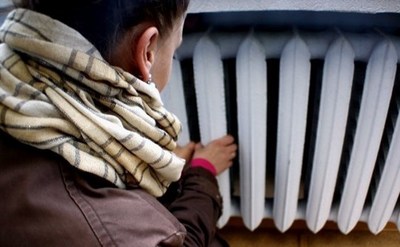
In the cold winter season, it's time to heat your apartments.
According to the law of the Russian Federation, we are provided high-quality central heating at subsidized prices.
What should we really expect during the heating season? How high-quality and efficient will it be?
Content
Temperature conditions in the heating system of an apartment building
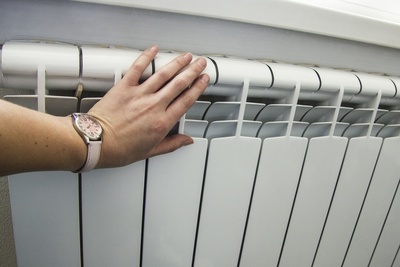
The heating season begins when the average daily temperature over the last five days reaches 8°C. Then water is supplied to the heating network at a temperature from 70°С.
If the weather gets colder, boiler houses may increase the supply temperature. up to 115°C. Large thermal power plants (CHP) have the ability to supply water up to 150°C.
As is known, the boiling point of water 100°C, but due to high pressure the boiling point increases.
Before getting directly into the apartments, the water goes to the central heating station, which is located in the basement of the multi-story building. There it cools down to an acceptable level. From the radiators, the water is directed back to heat up and return to the apartment again.
What should be the normal temperature in the heating riser and radiators?
The optimal scheme for supplying water to heat carriers directly depends on the temperature outside. For example: when it is -4°С, at the calculated difference 105°С - 70°С and supply according to the “bottom-up” scheme, the temperature of the water supplied to the battery should be equal to 76°C and 54°C on the return. With the same conditions, but at 0°С Outside the window, heating is provided to the supply 65°C, and the return at the same time 48°C.
For a two-pipe heating system, the maximum permissible temperature is 95°C. For single pipe structures 115°C. You can determine the system by the number of pipes coming to the radiator. As a rule, single-pipe structures are installed in old houses, but two-pipe ones are much more economical.
How to measure the coolant temperature
There are several options for measuring temperature. in a battery at home:
- If available heat meter check the readings.
- Take measurements infrared thermometer.
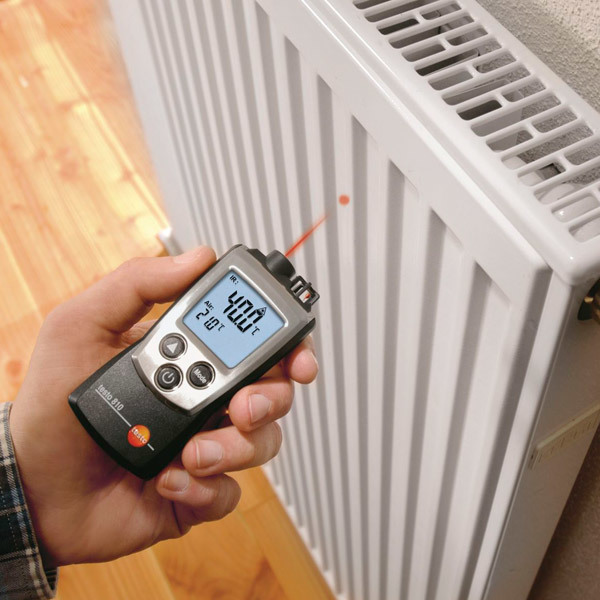
Photo 1. The process of measuring the temperature in the battery using an infrared thermometer. The device gives very accurate readings.
- If available alcohol based thermometer wrap it in heat-insulating material and secure it to the radiator. You can also use mercury thermometer, but then the error will be higher.
- If there is a tap, carefully drain some water and take measurements using any available method.
Attention! If the temperature in the batteries above the permissible limit, then you need to write a statement to the service company. After which a special commission in the presence of the tenant will conduct a control measurement with a certified device. Otherwise your battery is at risk of failure.
Standards for heat consumption in winter in apartments
Temperature standards have been established SNiPs (a set of building codes and regulations) and are protected by law, so their violation is administratively punishable for public utilities. List of basic standards:
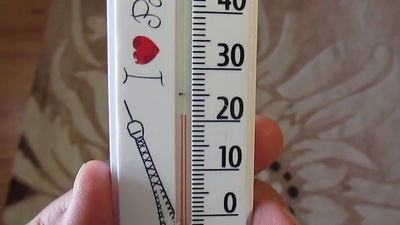
- Minimum temperature for corner rooms 20°C, if the average daily temperature over the past 5 days reaches -31°С, the norm is equal to 22°C.
- For residential premises 18°C, And 20°C in severe frosts (similarly 5 days at -31°C).
- For the kitchen 18°C.
- For the studio kitchen 20°С.
- For the toilet 18°C.
- For the bathroom 25°C.
- With a combined bathroom 25°C.
- For vestibules, storage rooms, landings 15°С.
- For attic and basement 4°C.
- For the elevator 5°C.
Reference. In Khabarovsk, Magadan and other cold regions, temperature standards for residential premises 2°C higher.
Temperature of water in the boiler
Individual heating allows you to avoid many of the problems that could occur with central heating.
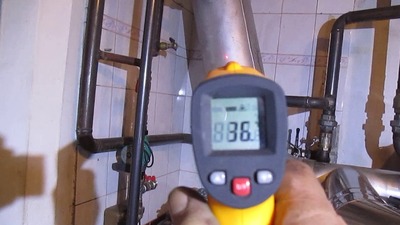
Depending on the situation outside, normal temperatures can range from from 30°C to 90°CAs a rule, boilers have a limiter that prohibits heating. above 90 degrees.
If your boiler does not have a limiter, It is not recommended to heat above 90°C for several reasons:
- This is prohibited by sanitary standards; at such temperatures, dust and paint coatings begin to decompose.
- Polymer pipelines are designed for water with a temperature of no more than 85°CIf the operating rules are not followed, deformation and, as a consequence, leakage are possible.
- Working at maximum permissible temperatures will lead to rapid wear of batteries and pipes.
Methods for normalizing temperature conditions
Low temperature in pipes can cause mold to appear on the walls and ceiling. However, it does not pose a threat to the heating system, unlike overheating, as mentioned above. There are a number of precautions that can be taken to prevent breakage:
- Heating system safety group. These are three parts that have one common body.
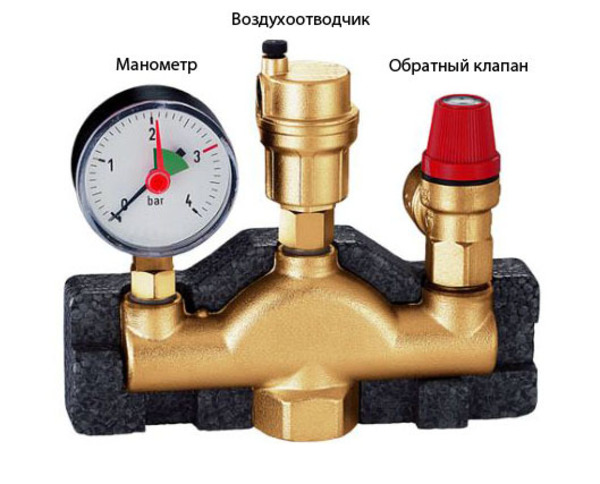
Photo 2. Safety group for the heating system, consisting of three devices: a pressure gauge, an air vent, and a check valve.
- Safety valve. As is known, water increases in volume when heated, thereby increasing the pressure. When it goes beyond the normal range, the valve is triggered, normalizing it.
- Pressure gauge. A device for measuring the pressure inside the system.
- Automatic air vent. Serves to remove air that has entered the system.
- Mixing unit. Installed to match temperatures. Installed between the supply and return pipes. When heated, the water creates excess pressure on the valve, thereby opening it. This is how the water mixes and cools down.
- Electronic heating control unit. The unit measures the water temperature in the system at various points. In case of overheating, it signals the water heater to reduce its power.
Useful video
Watch a video that talks about temperature standards in an apartment.
Conclusion
The consumer is protected by law and has the right to demand high-quality heating in accordance with GOST. Nevertheless, it is necessary to monitor the condition of the heating system. Failure to comply with the rules of operation is fraught with repairs not only of the heating system, but also of the living space. In addition, being left without heat in the winter is a dubious pleasure.







Comments